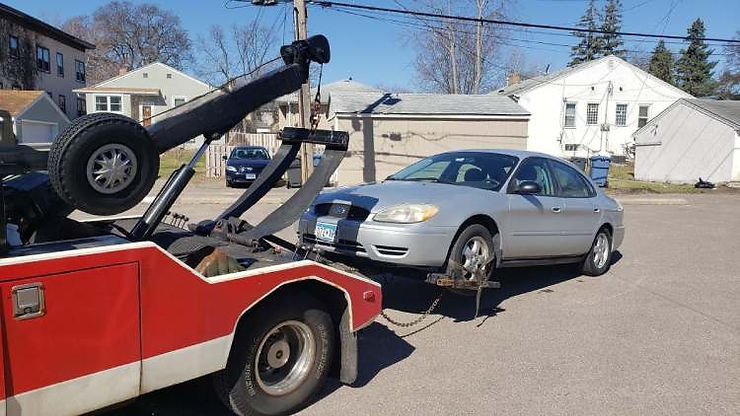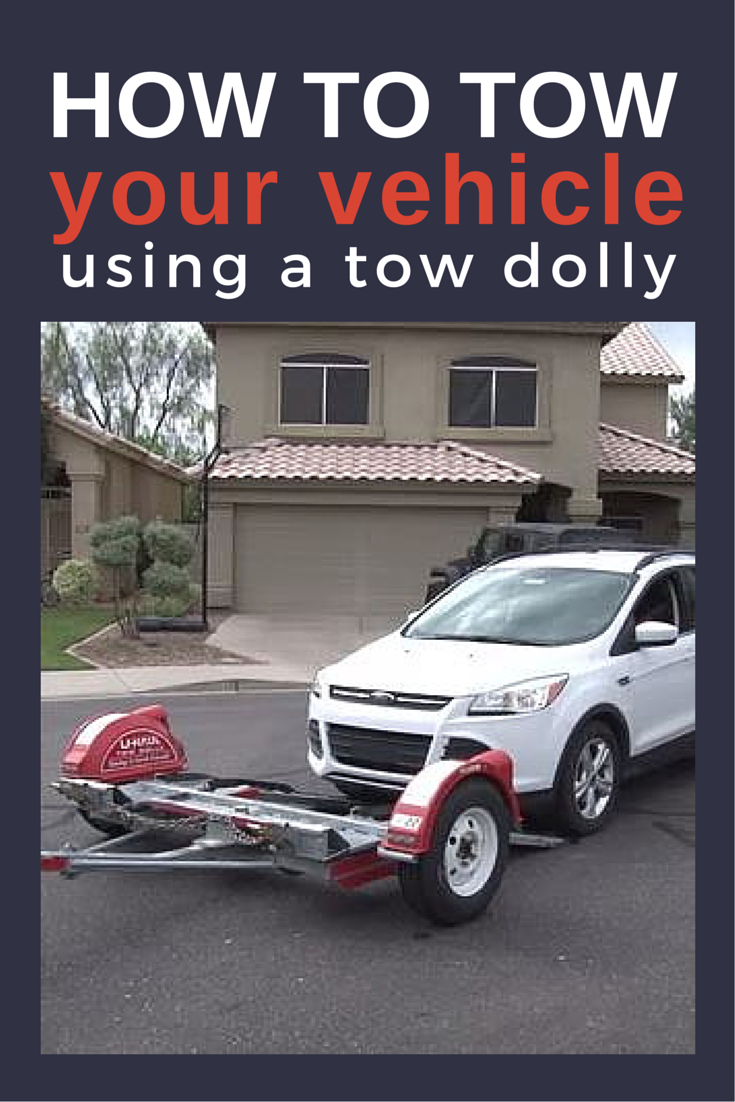Towing a front-wheel drive car requires specific steps. Incorrect towing can cause damage.
Front-wheel drive cars have unique mechanics. Towing them safely involves understanding these mechanics. Whether you’re helping a friend or dealing with a breakdown, knowing how to tow correctly is crucial. This guide will walk you through the process, ensuring your car stays safe.
We’ll cover the essentials, from preparation to execution. By the end, you’ll feel confident handling this task. Let’s dive into the details and learn the proper way to tow a front-wheel drive car.
Preparation Steps
Ensure the car is in neutral and the parking brake is off. Attach the tow rope securely to the tow hooks.
Check Owner’s Manual
The owner’s manual has important towing information. It tells you the right way to tow your car. Follow these instructions to avoid damage. Some cars need special procedures. Check for any warnings or restrictions. This helps you tow safely.
Inspect Tow Equipment
Check all tow equipment before use. Look for any damage or wear. Make sure the tow bar or dolly is strong. Secure all parts tightly. Ensure the tow lights work. This keeps you and others safe. Proper equipment prevents accidents.

Credit: sanjosetowservice.com
Safety Precautions
Always wear a reflective vest. This helps others see you. Put on sturdy gloves. They protect your hands. Use strong shoes. They guard your feet. Safety glasses can keep your eyes safe. Never skip safety gear.
First, place cones or warning triangles around the car. This alerts others. Make sure the area is well-lit. Good lighting reduces accidents. Keep children and pets away. They can get hurt. Check for any sharp objects. Remove them to prevent injuries.
Choosing The Right Tow Method
Flatbed towing is often the safest option. The car is loaded onto a truck bed. This keeps all wheels off the ground. It prevents damage to the transmission. It’s easy and quick. Many tow companies prefer this method. It’s also ideal for long distances.
Dolly towing uses a small trailer for the front wheels. The rear wheels stay on the ground. This method is cheaper than flatbed towing. It’s good for short distances. Check the car’s manual first. Some cars may not be suitable for dolly towing. Make sure to secure the car properly. Safety is key.
Setting Up The Tow Vehicle
First, align the tow bar with the front of the car. Make sure the car is in neutral. Connect the tow bar to the car’s frame. Tighten all bolts securely. Double-check to ensure everything is tight. Loose connections can be dangerous. Safety is key.
Safety chains are very important. Attach them to the tow vehicle. Cross the chains under the tow bar. This creates a cradle if the tow bar fails. Hook the other ends to the car’s frame. Ensure the chains are not dragging. Check the tension. They should be snug but not too tight. Safety first.
Preparing The Car For Towing
Make sure to unlock the steering wheel. Insert the key and turn it to the first position. This will help the front wheels move freely. If you skip this, the car could be damaged. Always check the steering wheel is unlocked before towing.
Put the car in neutral gear. This step is crucial for towing. The wheels need to roll smoothly. If the car is in gear, it can cause damage. Double-check the gear shift before towing. This simple step can save you from costly repairs.

Credit: www.uhaul.com
Performing The Tow
Always drive slowly when towing a front wheel drive car. Slow speeds help avoid damage to the car. Fast driving can cause the tow rope to break. It can also make the car sway. Slow speeds keep the car steady. They help you stay in control.
Check the car often while towing. Look at the wheels and steering. Make sure the car is not shaking. Stability is key for safety. If the car moves too much, stop and fix it. A stable car makes towing easier. It reduces risks on the road.
Handling Common Issues
Overheating can damage your car. Stop the car if it overheats. Check the coolant level. Add coolant if it is low. Never open a hot radiator cap. You can get burned. Let the engine cool first. Look for leaks in the cooling system.
Brakes keep you safe. Check brake pads often. Replace them if worn out. Listen for squeaky sounds. It can be a sign of brake issues. Check the brake fluid level. Low fluid can mean a leak. Always use the right type of brake fluid.
Credit: www.toyota-4runner.org
After Towing Procedures
Check the car’s exterior for any scratches or dents. Look at the tires to ensure they are not flat. Inspect the brake lines for any leaks. Make sure the tow bar is not bent or broken. Open the hood and check for loose wires or parts. Look under the car for any fluid leaks. Make sure the car is safe to drive again.
Start the car and listen for any strange noises. Drive slowly at first. Pay attention to how the car handles. Test the brakes to make sure they work well. Check if the steering feels normal. Drive at different speeds to ensure everything is fine. If you notice any problems, do not drive further and call a mechanic.
Frequently Asked Questions
Can I Tow A Front-wheel-drive Automatic Car?
Yes, you can tow a front-wheel-drive automatic car. Use a tow dolly or trailer to avoid transmission damage.
Is It Okay To Tow With Front-wheel-drive?
Yes, you can tow with front-wheel-drive vehicles. Ensure the vehicle’s towing capacity matches the load. Proper weight distribution is crucial.
How Do You Put A Front-wheel-drive Car On A Tow Dolly?
Align the tow dolly with the front wheels. Drive the car onto the dolly ramps. Secure the wheels with straps and chains. Ensure everything is tightly fastened. Double-check connections before towing.
Can You Tow A Fwd Car From The Back?
Towing a FWD car from the back can damage the transmission. Always tow a FWD car with the front wheels off the ground. Use a flatbed tow truck for safety.
Conclusion
Towing a front-wheel-drive car is easier with the right steps. Always use proper equipment to avoid damage. Double-check connections for safety. Drive slowly and stay alert on the road. Practice makes it easier over time. Remember, safety first. Happy towing!

